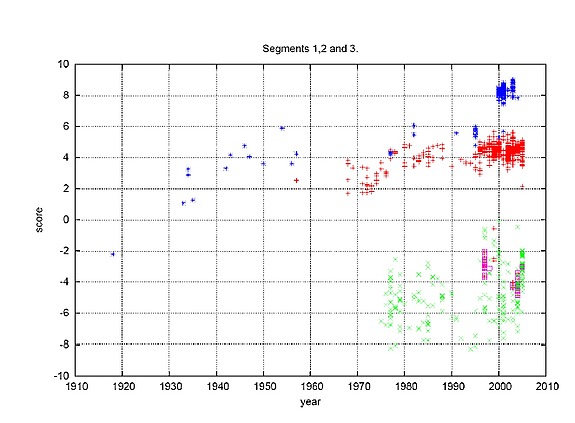Type A influenza viruses are the only influenza viruses known to have caused human pandemics. The steady advance of one such virus, influenza A(H5N1), commonly known as avian flu, has brought with it fears of a new pandemic. To date, no confirmed human-to-human transmissions have been reported in A(H5N1), but it has become increasingly important to understand the possible host-virus interactions.
In a paper that will be published in a forthcoming issue of the Journal of Virology, Member Raúl Rabadán and former Member (2002–06) Harlan Robins together with Arnold J. Levine, Professor in the School of Natural Sciences and head of The Simons Center for Systems Biology at the Institute, present the results of their research comparing genomic sequence data for human and avian versions of the Type A influenza virus.
According to the authors, the genome of the influenza virus contains eight single-stranded negative RNA segments coding for ten or eleven proteins. When two or more different influenza viruses infect the same host cell, the new viral particles can incorporate replicas of segments from different original viruses. The graph above represents the added scores of the three longest RNA segments (1, 2 and 3). The x-axis shows the year when the influenza viruses were found: blue represents human H1N1 viruses; red shows human strains H2N2 (1957) and H3N2 (1968) as well as a few cases of H1N2 (US 2002) and H9N2 (Hong Kong 1999 of avian origin); green represents avian flu; and purple shows avian strains that jumped to humans but were not able to spread from human to human, including the present H5N1 strains. On the y-axis, viruses charted below zero are classified as avian and those charted above zero are classified as human.
As the graph demonstrates, the team was able to identify genomic features that distinguish the human and avian viruses and to observe their evolution. In studying the data, which spanned almost ninety years, they were able to discern significant differences in sequence changes that occurred over time, suggesting the possible existence of a previously unknown, innate immune response in humans that has no counterpart in birds. They were also able to provide evidence supporting the hypothesis that the avian version of the virus entered the human population (possibly after evolving in another organism for a period of time) just prior to the 1918 outbreak, probably no earlier than 1910.
